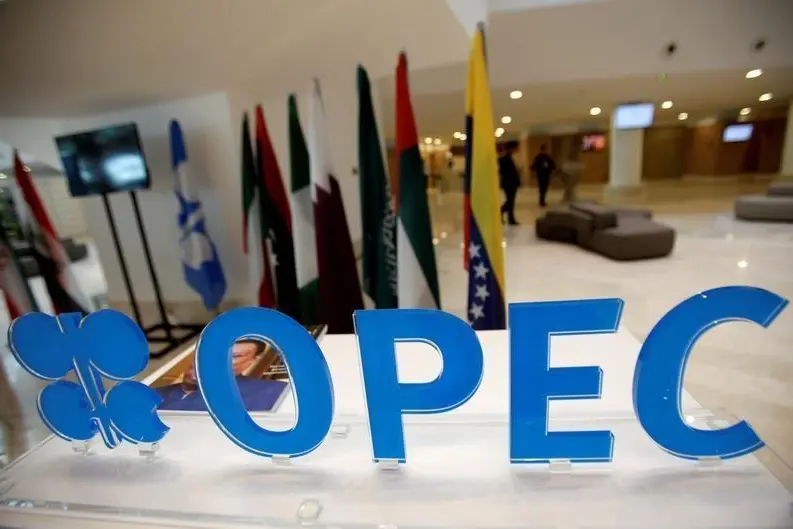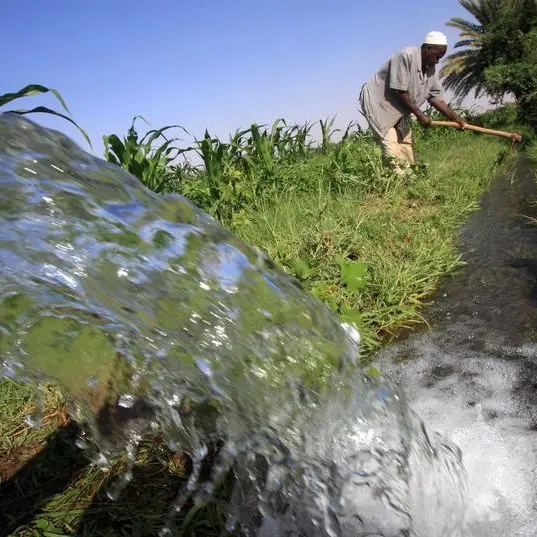PHOTO
(The opinions expressed here are those of the author, a columnist for Reuters.)
LAUNCESTON, Australia - OPEC cut its estimate for China's crude oil demand growth in 2024 for a third straight month in October, but the producer group is still massively optimistic given the reality of falling imports.
The latest monthly report by Organization of the Petroleum Exporting Countries (OPEC) said China's crude oil demand will expand by 580,000 barrels per day (bpd) in 2024.
This estimate is down from the 650,000 bpd gain forecast in September, and is also 180,000 bpd below the rise of 760,000 bpd OPEC was predicting in July for the world's biggest oil importer.
While OPEC is edging closer to reality, its demand forecast is hugely out of kilter with China's falling imports.
Official customs data released on Monday showed China's crude arrivals at 11.07 million bpd in September, down 0.6% from the same month in 2023 and the fifth straight month that imports dropped from the year before.
For the first three quarters of 2024, China's crude imports were 10.99 million bpd, down 2.8% from the 11.34 million bpd in the same period in 2023.
Imports are down 350,000 bpd in the first nine months of 2024, a figure that makes even OPEC's lowered demand forecast seem hopelessly wrong.
Of course, crude oil imports are only one element of total demand, others include any increase in domestic output or changes in inventory levels.
China's domestic oil output is up so far in 2024, with production in the first eight months coming in at 4.29 million bpd, which is 70,000 bpd above the same period in 2023.
But the increase in domestic output is still well below the decline in crude imports.
China doesn't disclose the volume of crude it holds in commercial and strategic stockpiles, but it's certain that they have been adding to them so far in 2024, rather than drawing down.
An estimate can be made of the volume of crude available for storage by subtracting the amount of crude processed from the combined total of oil available from imports and domestic output.
On this basis China's surplus oil for the first eight months of the year was 1.11 million bpd, which is about 300,000 bpd more than for the same period in 2023.
Overall, the picture that emerges from China's oil sector is modest growth in domestic output, but this is nowhere near enough to offset the decline in crude imports.
PRICE-LED RECOVERY?
The question for OPEC, and the broader oil market, is whether China's imports are likely to accelerate in the fourth quarter.
It's likely that the answer lies largely with prices, as evidence suggests that China has become a price-sensitive buyer in recent years, importing surplus volumes when the cost is low, but trimming arrivals and using stockpiles when prices are deemed to have risen too high, or too quickly.
It's perhaps no surprise that China's imports were soft in September, given that global crude prices were rising during the period when September-arriving cargoes would have been arranged.
Benchmark Brent futures rose from a four-month low of $76.76 a barrel on June 4 to a high of $87.85 on July 5, the time period when much of the September-arriving cargoes would have been bought.
Since then Brent has trended weaker, dropping to a 34-month low of $68.68 a barrel on Sept. 10, after which it has recovered to end at $75.19 on Monday, largely as a result of rising tensions in the Middle East amid the threat of an Israeli strike against Iran.
However, the declining price trend from July to mid-September may have encouraged Chinese refiners to boost imports, especially against the backdrop of the Middle East conflict.
If this is the case, China's crude imports may stage something of a recovery in the fourth quarter, but this is still unlikely to be enough to meet OPEC's optimistic view of the country's demand growth for 2024.
The opinions expressed here are those of the author, a columnist for Reuters.
(Editing by Stephen Coates)























